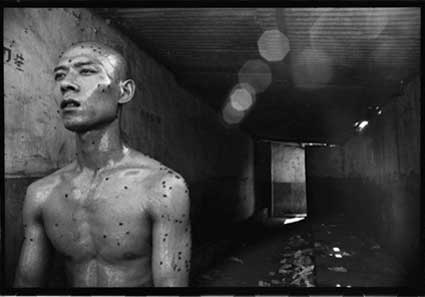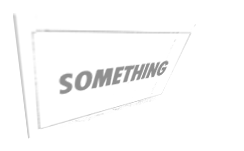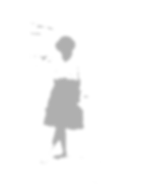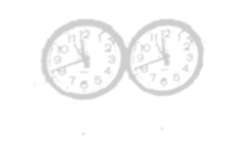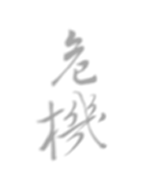


_À la Chinoise + The Site Specific – A Project
Marcelo Rezende & Fernando Oliva
In 1967, filmmaker Jean-Luc Godard took part in a political experiment with his film La Chinoise. It was a militant gesture, an act of bravery, and a declaration of love for youth culture. In his work, students discuss the revolution and forget, in an ongoing delirium, that they are French intellectuals, rather than Chinese peasants. They transform a flat into a classroom and Paris into Beijing, oscillating dramatically and comically between the meanings of the expression “Cultural Revolution.” “Cinema can help us see the appearance of forms” (1), said Godard of his attempt to capture both the grandiose and the ridiculous in the relationships between youthful hopes, art, mass culture, and the repertoire of images it ferments, which can be served like a soup to different groups and generations in the most unlikely parts of the planet. In La Chinoise Godard shows how politics can be a way of having fun, and fun can be a political act in which art is the great mediator.
Á la Chinoise + The Site Specific - A Project is a curatorial proposal that aims to investigate the political engagement born of the rapid expansion of our repertoire of images generated by the development of information technologies, which can show the traces of cultural production, history, the popular imagination, and every political ambition that arose and was reworked in the 20th century through images. As Godard shows in La Chinoise, the use an artist or activist makes of an image can determine the destiny of thought, revolution, bodies that love one another at high speed, every dreamed-of futurism, and the festive or painful awakening of a political consciousness.
In a reading of the theme of this year’s Microwave International New Media Arts Festival, Luminous Echo, we propose the screening, on two platforms, of videos in which the relationship between sound, light, technology, media, and politics takes place within a Godardian perspective:
1. À la Chinoise. A program of video works that explore the relationships of Cultural Echo. With the new technologies available, the repertoire of images becomes an ocean over which the creators sail in order to get to the lost island of “art”. Memory, nostalgia, and digital culture come together in this historical moment to provide artists with renewed tools for the imagination, and, as such, the idea of originality goes hand in hand with another: of “deviation”. In this manner, artistic creation takes place within this enormous, endless Echo, in which art provokes a “deviation” of the production, thoughts, fantasy, and illusions produced by human culture in order to create something completely new.
2. The Site Specific – Created especially for the Microwave International New Media Arts Festival, this platform involves the creation of a website in order to show the work of artists in YouTube. The program will not be limited solely to video art, but will incorporate the widest range of products/videos available in YouTube. We intend to work with architect Rem Koolhaas’s concept of “Junkspace”. According to Koolhaas, “Junkspace is what remains after modernization has run its course or, more precisely, what coagulates while modernization is in progress, its fall-out. Modernization had a rational program: to share the blessings of science, universally. Junkspace is its apotheosis, or meltdown... Although its individual parts are the outcome of brilliant inventions, lucidly planned by human intelligence, boosted by infinite computation, their sum spells the end of Enlightenment, its resurrection as farce, a low-grade purgatory... Junkspace is the sum total of our current achievement; we have built more than all previous generations together, but somehow we do not register on the same scales. We do not leave pyramids. According to a new gospel of ugliness, there is already more Junkspace under construction in the 21st century than survived from the 20th...”(2)
Rem Koolhaas describes Junkspace in the field of architecture. We have appropriated his concept in order to map out the territory of a possible total Junkspace: the Internet. Located within this space, YouTube is an exemplary window on the production and consumption of Junkspace. A place in which strength and power relations are visible, showing YouTube to also be a tool for fighting the post-industrial society that created it, as if one could see an eternal time-zone in YouTube, where the sun rises only to die the next instant. Light and darkness, East and West, consumption and revolutions – all of these forces, allied or in opposition, contained in a single sphere, the luminous sphere of the Internet.
1. Godard, Jean-Luc. Jean-Luc Godard par Jean-Luc Godard (Cahiers du Cinéma, 1998. Paris).
2. Koolhaas, Rem. Junkspace - Per un ripensamento radicale dello spazio urbano (Quodlibet, 2006. Macerata).
Marcelo Rezende (São Paulo, 1968) is co-curator of the exhibition Á la Chinoise + The Site Specific - A Project. He is the author of the novel Arno Schmidt (Planeta, 2005) and the essay Ciência do Sonho – A Imaginação Sem Fim do Diretor Michel Gondry [The Science of Dreams – The Endless Imagination of Director Michel Gondry] (Alameda, 2005). He has co-curated the exhibition Communism of Forms: Sound + Image + Time – The Strategy of Music Videos - an investigation of the possibilities presented by the music video format on the video art (Galeria Vermelho, 2007. São Paulo, Brazil). He is also the creator and director of the collection of essays Situações [Situations].
Fernando Oliva (São Paulo, 1972) is co-curator of the exhibition Á la Chinoise + The Site Specific – A Project and assistant professor of Photography at Fundação Armando Álvares Penteado (Faap), São Paulo, Brazil. He is also a contributer to Lapiz, Contemporary and C magazines. He has co-curated the exhibition Communism of Forms: Sound + Image + Time – The Strategy of Music Videos and VOL, about the relations between art and sounds. (Galeria Vermelho, 2004).
Fabiana Faleiros (Pelotas, 1980) is a Brazilian artist responsible for The Site Specific navigation concept. She is author of the artist's book (Untitled, 2006) about the interactions between poetry and images from Getty Images website. She has participated in the exhibitions Communism of Forms: Sound + Image + Time – The Strategy of Music Videos (Galeria Vermelho, 2007, São Paulo) and Blooks (Oi Futuro, 2007, Rio de Janeiro)
Júlio Boaro programmed the site.
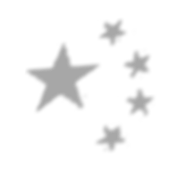

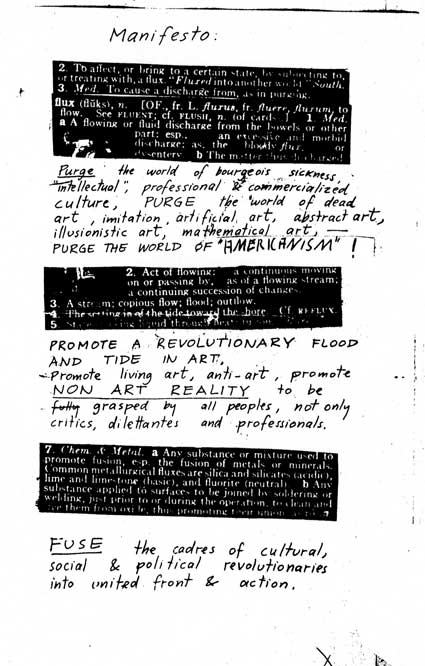
Yoko Ono + Cut Piece
On video, I love doing superimpositions, real superimpositions, almost as in music, where movements mix - sometimes slowly, sometimes brutally - then something happens. You can have two images at the same time, much like you can have two ideas at the same time, and you can commute between the two, which, to me, seems very close to childhood. Cinema has reached adulthood and you can reflect more. In cinema, you write the novel. But you have to have a philosophical idea in order to write a good novel."
(Jean-Luc Godard)
Roberto Carlos + Não vou ficar
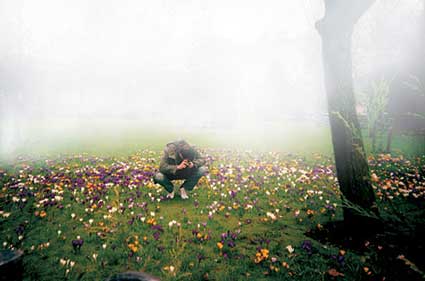
Slavoj Žižek + Performance
Althusser, because what I think he started pointing out were the contradictions within our critique of capitalism. For people who have been reading too much hard-core Marxist theory, it is hard to deal with the fact that they're not saints. And I say no, they're not. Everything is full of contradictions; there are only different degrees of contradiction. We try to get close them, but that's it, they are always going to be there. The only thing to do is to give up and pull the plug, but we can't. That's the great thing about Althusser, when you read his philosophy. Something that I tell my students is to read once, then if you have problems with it read it a second time. The if you still have problems, get drunk and read it a third time with a glass of wine next to you and you might get something out of it, but always think about practice.
(Felix Gonzalez-Torres)
Jean-Luc Godard + Numéro Deux
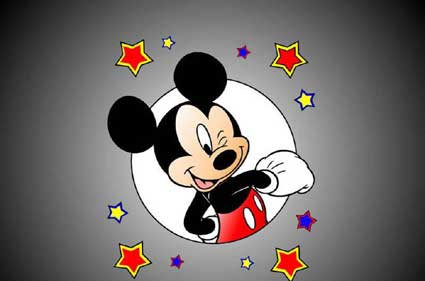
Salvador Dali + TV
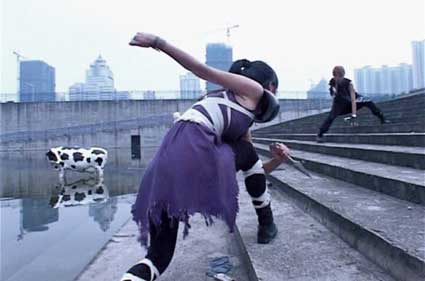
Cao Fei + Second Life
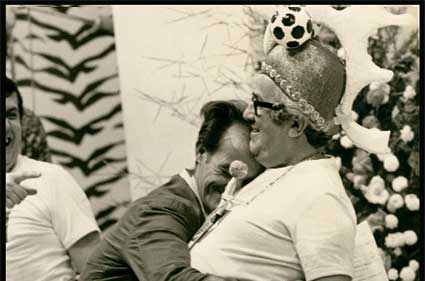
Tetine + Assume Vivid Astrofocus + Tropicalia
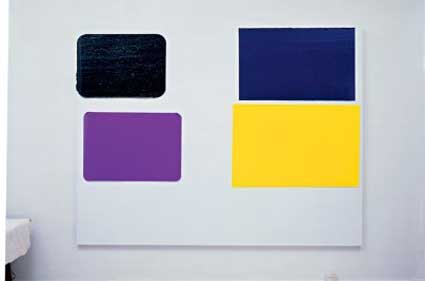
(Rodrigo Andrade)
Helio Oiticica + Ivan Cardoso + Pintura
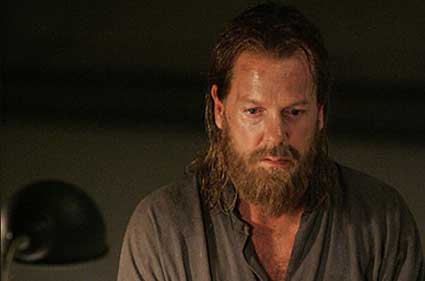
Joseph Beuys + Ronald Reagan + music video
“A cover of a song is, after all, a form of re-enactment, and like all covers, it is left up to the viewer to decide whether they feel the need to search out the original.”
(Iain Forsyth+Jane Pollard)
Philippe Ledoux + Black & White
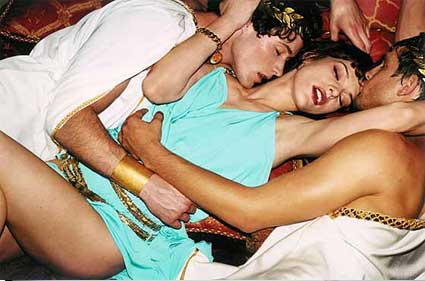
(Francesco Vezzoli + Calígula)
Pipilotti Rist + Supermarket
(Rong Rong + Inri)
